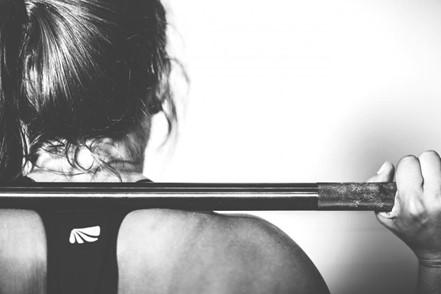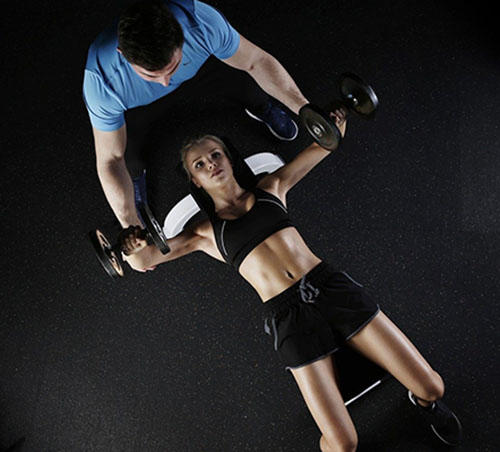Role of the Strength and Conditioning Coach
S&C is now accepted as an essential part of athletic preparation to improve physical ability and help prevent injuries. The specific roles and responsibilities can be varied but can include gym and pitch-based programme designs and delivery, athlete fitness testing and athletic monitoring, alongside warm-up and cooldowns for training and match play.
Social assumptions of Strength and Conditioning

When people think of an S&C coach, the things that come to mind are: you have to have big muscles, be a man and shout motivational quotes during training sessions. Because S&C is viewed as a manly profession, very few women enter the field. In a 2016 survey conducted by the UK S&C Association (UKSCA) to scan the state of the field, out of 600 respondents, only 7% (42 participants) were female. The under-representation of women in S&C led us wanting to find out why this might be the case. We interviewed 15 qualified female S&C coaches about their experiences of working in the industry.
Research findings
The female S&C coaches explained two main challenges they faced, which included: organisational politics and the management of their gender while working as an S&C coach. In terms of organisational politics, the strength of male-only networks limited or discouraged their job progression. Many of the women felt that they didn’t receive job offers or gain promotion as men enjoyed priority. One of the S&C coaches told us:
There are a number of jobs [where] they couldn’t outwardly say because it’s a legal issue, that I was not picked because I was female, but especially at an all-boys school those kinds of roles, you’d get an interview, but they wouldn’t pick you. But they couldn’t give you any examples of how you could improve or why you didn’t get the role.

In order to fit in, female S&C coaches also carefully had to manage their behaviour to make an impression that is expected and accepted within a macho environment. Our participants noted that they often overcompensated to establish credibility with their male colleagues and athletes, as they felt they had “more to prove.” One participant explained this pressure to us as follows:
I always make sure I have a [physical] presence … [so] I lift and work out a lot and always express the knowledge that I have. Maybe in one way, I’m compensating. I’m not sure. But as a male, who is 6 ft, bench pressing 400 pounds or, whatever, they have a [physical] presence…
To help deal with some of the challenges they face, women S&C coaches noted that they often used humour and participated in banter to create productive relationships with male coaches and athletes. However, sometimes banter turned into a form of sexual comments and innuendos. As our participants did not want to be seen as humourless or incapable of taking a joke, this type of humour and/or banter is a powerful way of silencing female voices.
While we have found a range of issues, it appears that our research has only scratched the surface of the complexity of women coaches’ position in S&C. Therefore, we are keen to explore this research further by delving deeper into other aspects of female S&C coaches’ experiences. However, one take home message is clear, it would be recommended that from an organisational perspective, women who understand S&C need to be involved in the hiring of new staff to ensure gender equality.
If you would like to discuss the research findings in more detail, please contact Gavin by email on g.thomas@worc.ac.uk or @Gavinthomas101 on Twitter